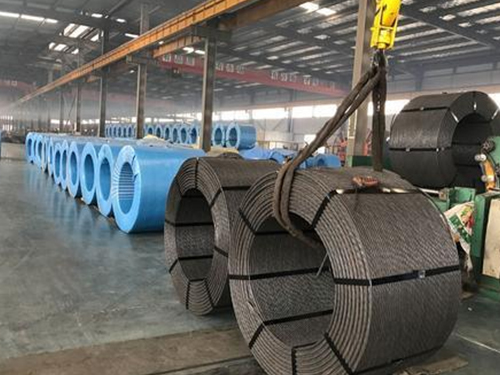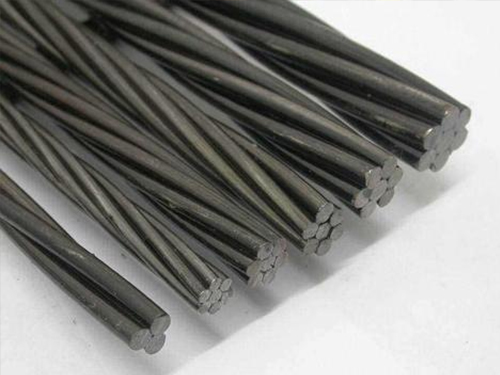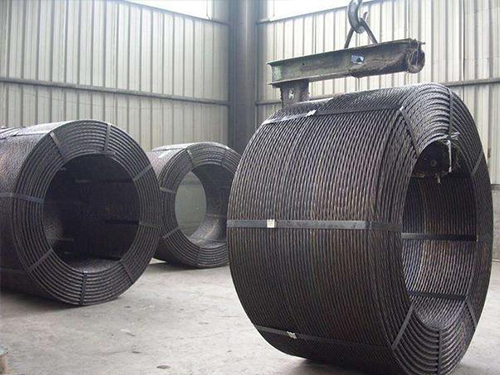There are many kinds of prestressed steel strand, such as ordinary steel strand, galvanized steel strand, epoxy resin steel strand, unbonded steel strand and so on. Take the widely used ordinary steel strand as an example
1. Bridges. Whether it is highway, railway, municipal engineering, involving bridges, the vast majority need to use steel strand. The beam of the bridge mainly relies on the steel strand to provide stress to offset part of the self gravity, load force, dynamic load force and other mechanical structures. In order to extend the service life of the bridge.
2. Slope support. In order to reinforce large-area slope and prevent landslide, prestressed steel strand or prestressed steel bar is usually used. After drilling, tensioning and grouting, lattice beam, retaining wall and vegetation are assisted to strengthen the stability and firmness of slope.
3. Foundation pit support. At present, foundation pit support is needed for the house construction involving the garage below. For the deep foundation pit, concrete shotcreting and one support can be used. For the deep foundation pit, prestressed steel strand or prestressed steel bar should be used to strengthen the anchorage support.
4. Mine support. Generally, the amount of mine support is used in coal mines, and large-size steel strand with nominal diameter of more than 15.2mm is needed to strengthen the safety support.
At present, prestressed steel strand is widely used in bridge engineering.
Bridge steel strand
The use of steel strand in iron and steel industry the granular materials can be limited to tight blocks under high pressure. This polymerization only relies on the attraction of molecules, but it is more useful for materials with plastic deformation. Because the gravity of spherical particles can be transformed into two plane gravity under pressure, the molecular attraction has a great influence.

The plastic deformation of iron ore powder is very small, so it is difficult to make briquette with certain strength only relying on high pressure. According to the test data, weiniskey summarized a relationship between the density change rate of iron ore powder and pressure. After calculation, even if the pressure is added to 100MPa, the volume reduction rate is not more than 10%, and the addition of briquette strength is limited. For this reason, several alternative methods have been used to produce briquettes.

First, the blank is formed by pressing machine, and then the blank is roasted at high temperature. Ore is the product of this method. It was developed in Europe and the United States in the 1920s. Now it is not suitable for blast furnace production because of its high cost and poor quality. After adding binder in iron ore powder, it is limited to heat the iron ore powder to a certain temperature ((800-1050c), so that the iron ore powder has plasticity before hot pressing.

The latter two methods have been tested in the United States and China, but they are not successful because of their high cost and poor effect. However, they can be used to limit the production of ferroalloy and directly recover the powder products in production, especially to press the fine sponge iron powder produced by fluidization into block products, which is not only conducive to transportation, but also can prevent the sponge iron powder from reoxidation.








 EXPOGROUP Supports The"GO GREEN"
EXPOGROUP Supports The"GO GREEN"